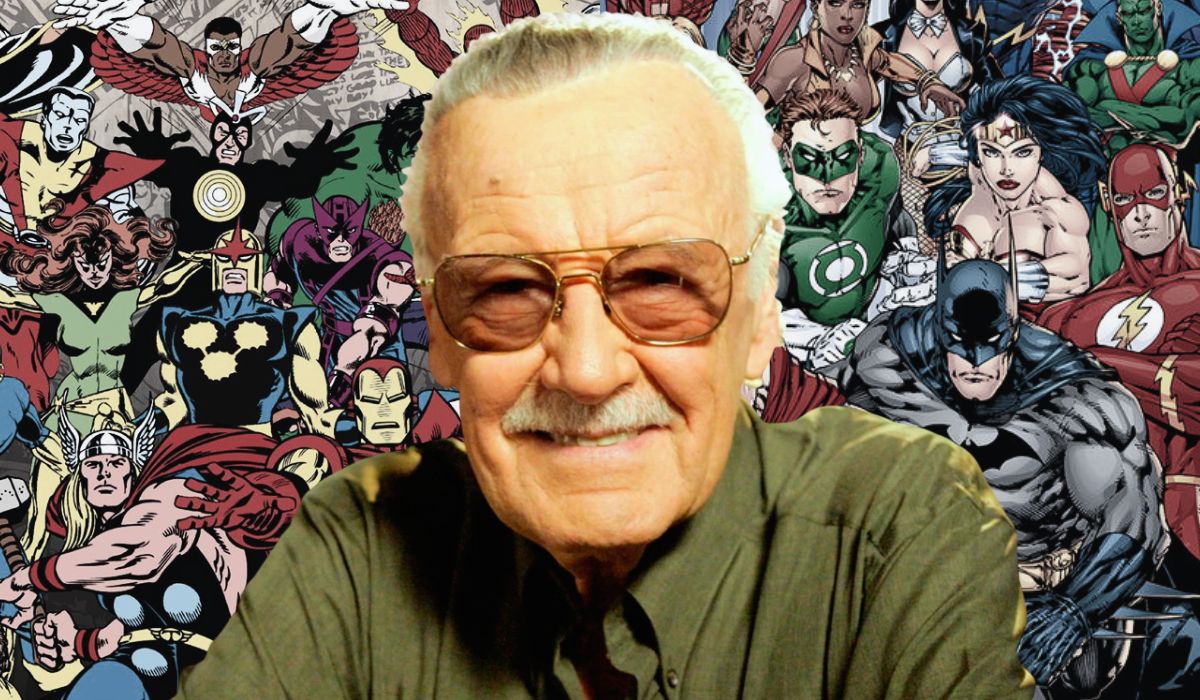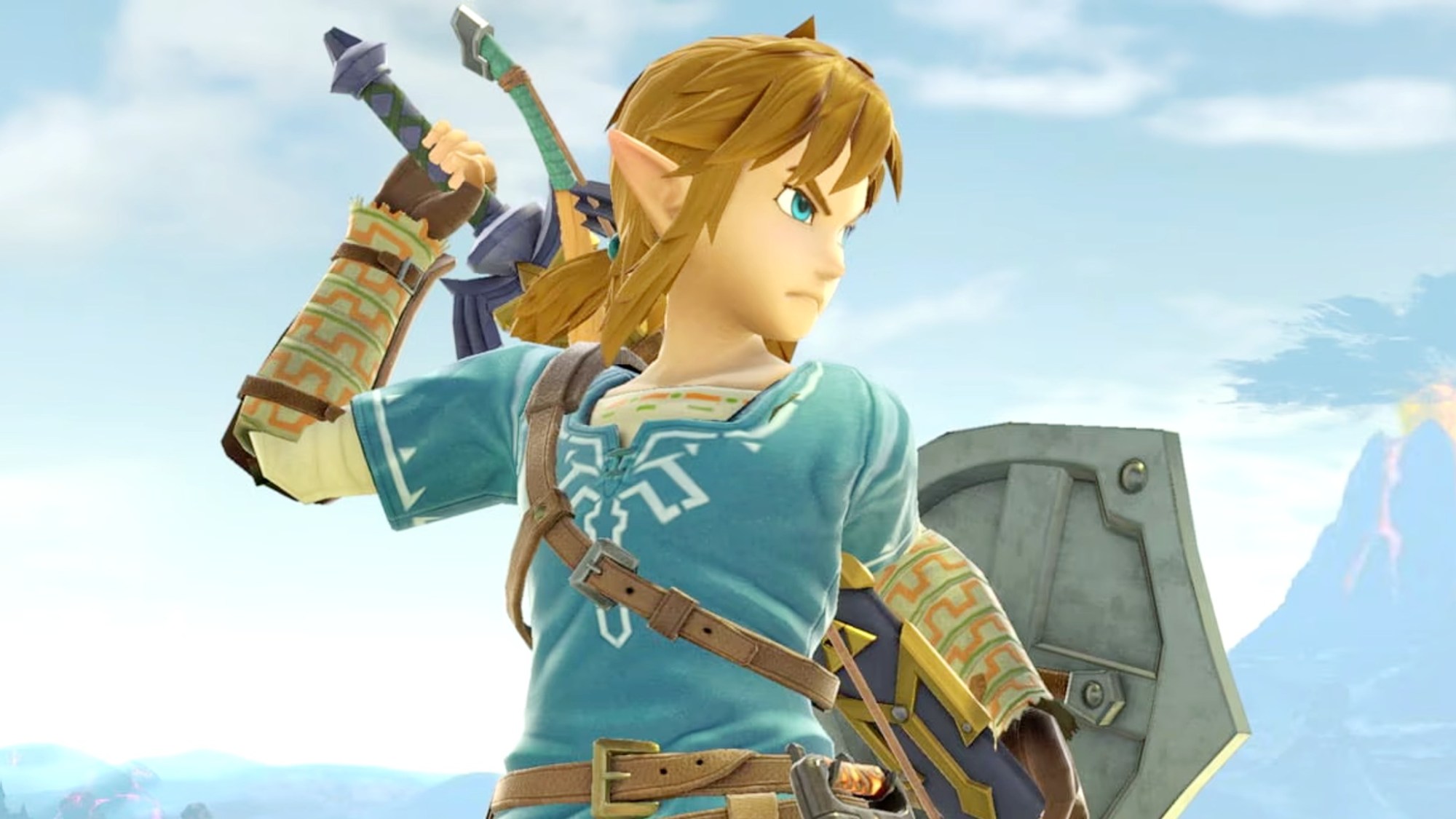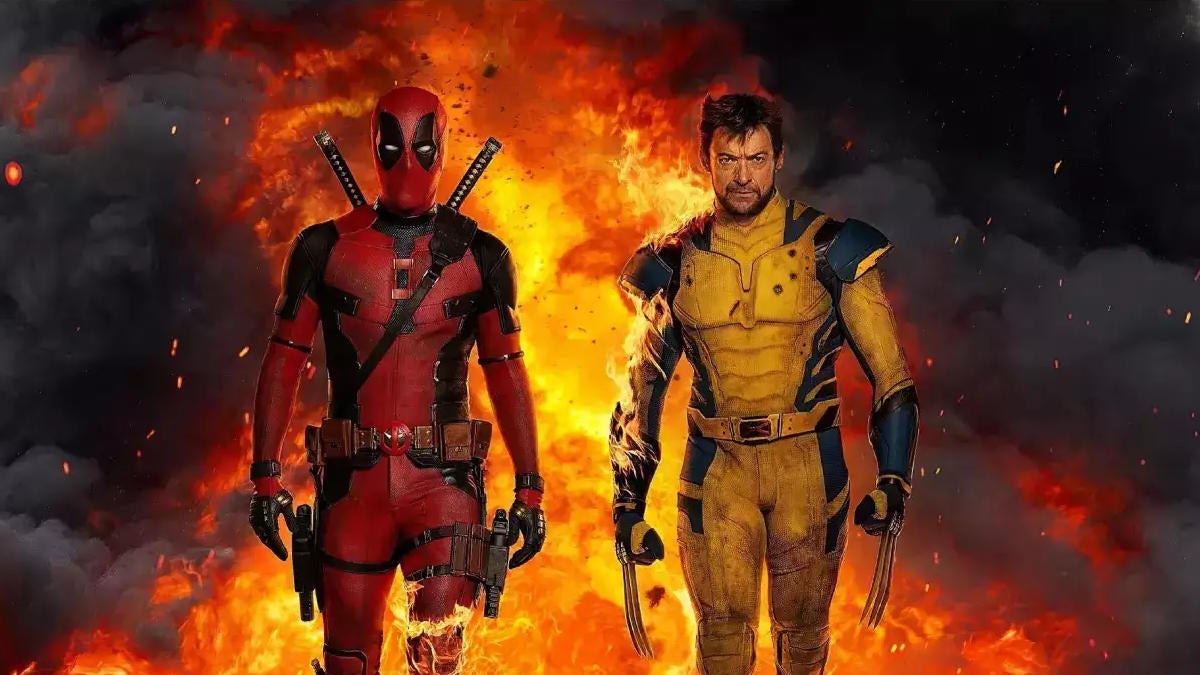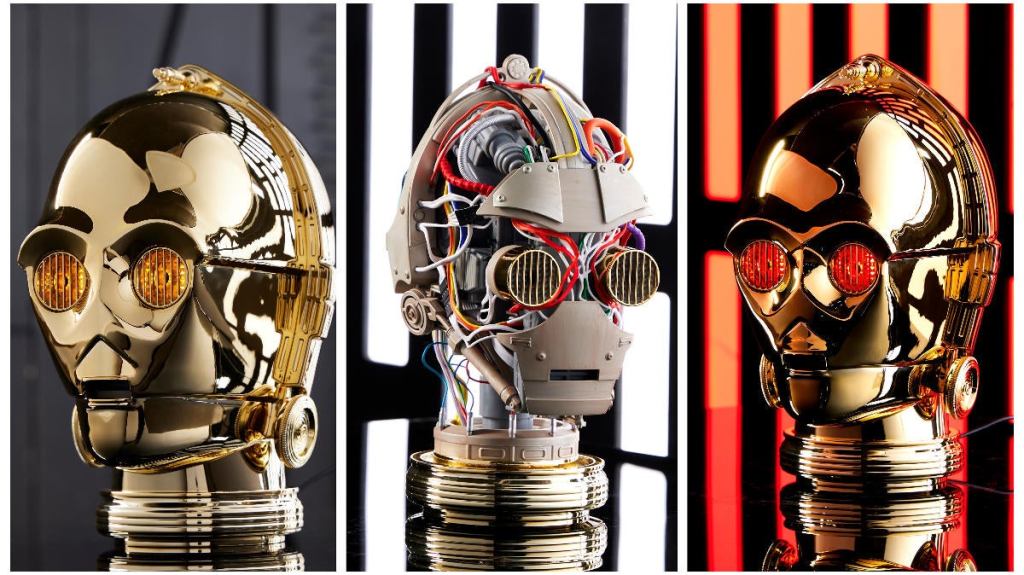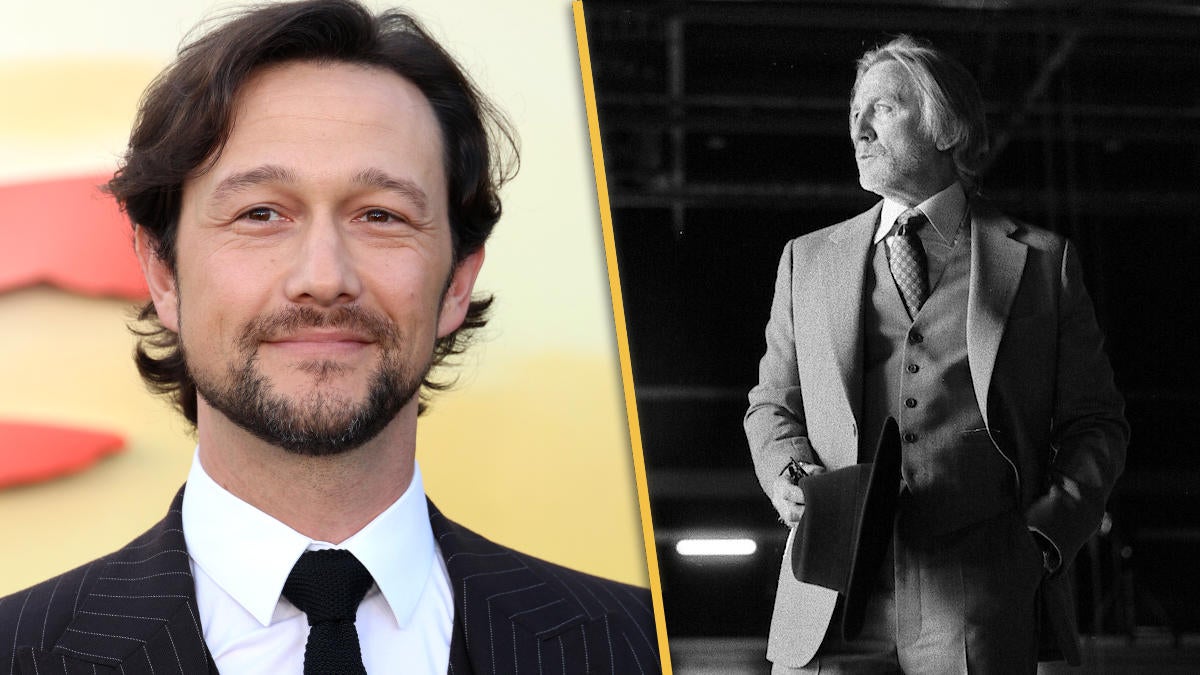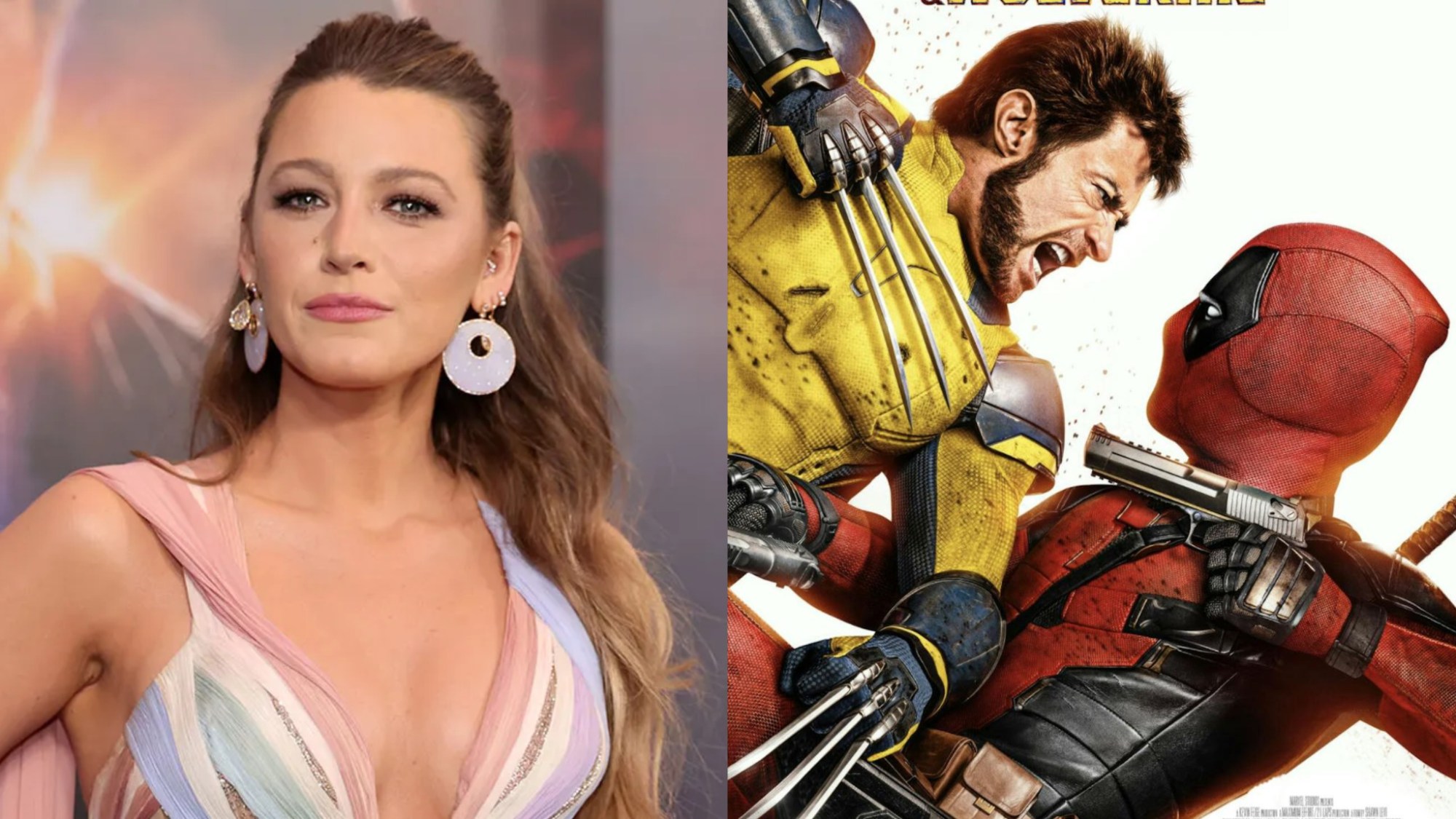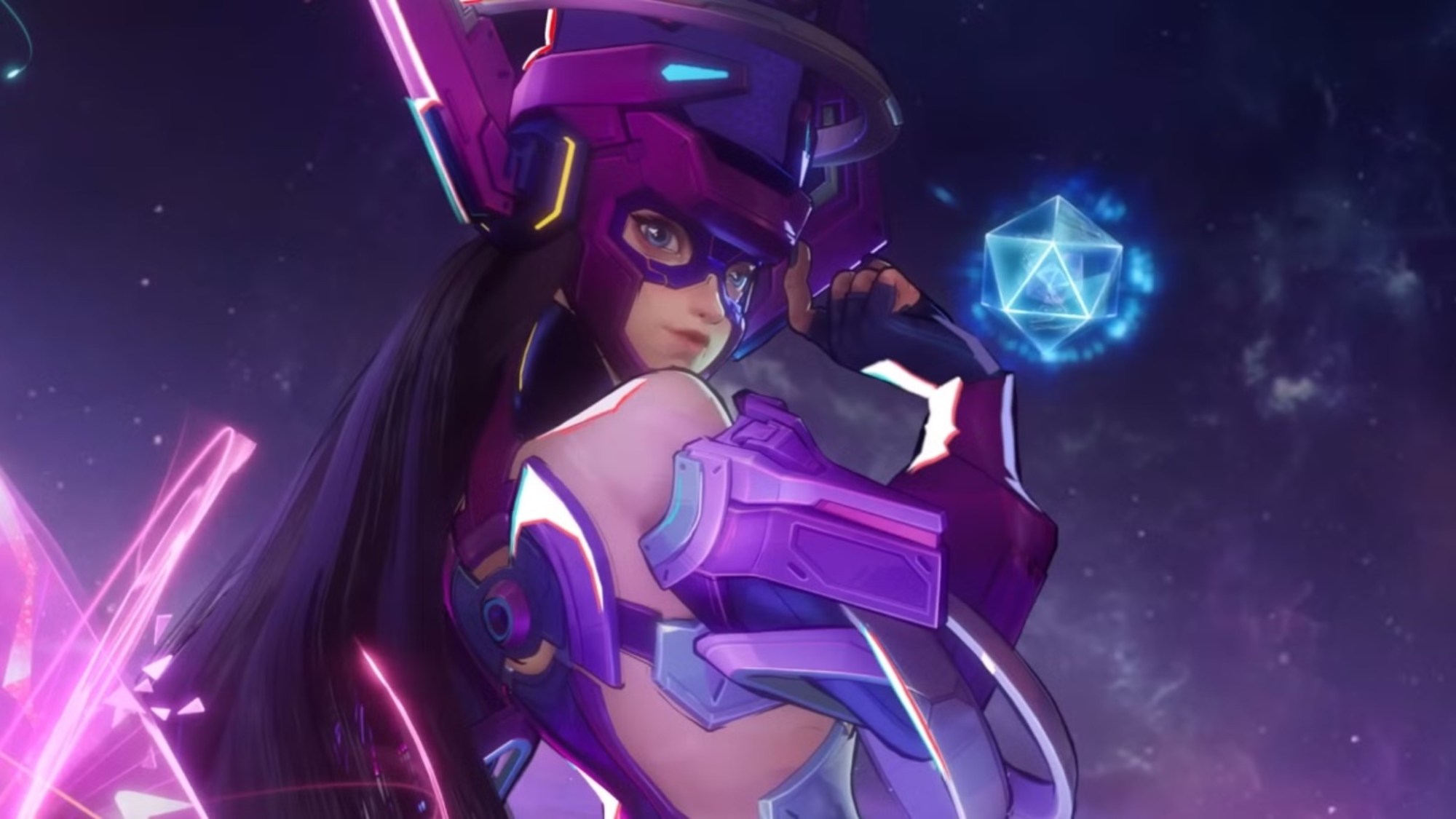In the superhero world, whether it’s in movies, TV, or comics, it’s always been about Marvel and DC. Both have a long history, full of iconic stories and characters that shaped a lot of people’s childhoods. But since both companies started in the early 20th century, during the 1930s and 1940s, they eventually became huge entertainment giants of the genre, and a rivalry naturally started to grow over time. Today, it’s not really a big deal anymore, even though some people might still see it that way. But back in the day, when Marvel started standing out and influencing other publishers, that’s when the real battle began, lasting for a long time.
Videos by ComicBook.com
The truth is, this rivalry was mostly driven by the fans back then, which led to some indirect moves from DC. The fact is that Marvel started to become a reference for many, which pushed its competitor to even tweak their universe to attract the same kind of readers. Stan Lee, co-founder of the Marvel comics, often emphasized that there was no real issue with the rival publisher. Although he did get bolder with his words over time, at one point, his comments highlighted why Marvel and DC shouldn’t be enemies. The styles are very different, and that’s still clear today.
Stan Lee Had to Step In to End the Marvel and DC Rivalry in the Past

Every Marvel fan knows Stan Lee, especially since he appeared in several scenes and Easter eggs in Marvel movies. In the past, the comic book publisher was still known as Atlas Comics before Lee came in and revamped it with stories that quickly grabbed attention. At the time, DC Comics was the big star in the comic book world, but in the 1960s, when Fantastic Four was released, followed by The Amazing Spider-Man, the landscape began to change. Publishers started feeling threatened by Marvel Comics. With the new competitor gaining fans, many people began to fuel Marvel’s first rivalry with DC, even going so far as to criticize the latter.
Lee had the famous Bullpen Bulletins with “Stan’s Soapbox“, a column in comic books where he could interact with readers by answering questions and making comments. In this context, he quickly addressed that there was no reason to pit one publisher against the other. However, it can be said that, in a way, Marvel’s success ended up influencing him, and he chose not to be as humble in his later speeches when it came to rivalries.
[RELATED: Fantastic Four Honors Stan Lee With Out of This World Wrap Gifts]
In fact, Marvel was changing the entire comics industry, even more positively, when other publishers started to mirror this success in their own stories. The big selling point for Marvel was the depth of its heroes, who had human flaws and conflicts – something that was innovative for characters that were supposed to be seen as unbeatable and “perfect.” Subtly, DC began to make changes inspired by this, but that’s when Lee didn’t hold back. In one of his Soapboxes, he declared that Marvel was being imitated and threw shade at the other publishers. DC wasn’t too happy about this, and responded in Adventure Comics #350, using Chameleon Boy to throw a sly jab at Spider-Man.
So, when the Batman series debuted in 1966, the comic book world grew even more, and consequently, the influence of Marvel Comics grew enormously. It was then that Lee decided to be more direct and bold about the topic of the rivalry. “Actually, they’re not competition! You see, they obviously aim for a totally different type of reader than we do. We don’t cater to any special age group, but we do cater to a special intellectual level,” he said in one of his Soapboxes. “Our rollickin’ readers, no matter what their ages, have proven to be bright, imaginative, informal, and sophisticated! So we don’t mind when some of our roguish rivals claim to outsell us.”
In an interview with The Hollywood Reporter in 2017, Lee recalled this past, saying that Marvel always had a sense of humor that DC didn’t quite understand. Even in the cinematic universe, this is still very clear. For the publisher’s co-founder, that was the secret – since their readers wanted identification and a balance between drama and humor. DC’s stories, on the other hand, took a more traditional and idealized approach, which is where the two publishers differ. And that’s why there’s no real reason for rivalry. The target audience is distinct, and this still has repercussions today, considering that both Marvel and DC remain leaders in the superhero genre. There’s room for everyone.
Also, let’s not forget that Marvel and DC have actually done crossovers in the comics before, though they always seem to include little jabs at each other. Now, the cinematic universe could do the same, but if that ever happens, it’s probably gonna take a while.
What Are the Main Differences Between Marvel and DC?

The approach is the main difference, since DC has more classic stories and characters focused on heroism. It’s very difficult to see Superman, Batman, or Wonder Woman in a more human way, as fragile and flawed. Plus, they also play around with a mix of tones in their stories. Marvel, on the other hand, uses the normal characteristics of a human being to build its characters, such as Spider-Man or Iron Man, for example, who struggle with everyday challenges like lack of money and alcoholism. Its tone is more uniform and integrated as well.
The villains are also important to highlight because they follow a similar pattern. In DC, they are more established as clear-cut antagonists, while in Marvel, they can even be seen as anti-heroes. Also, Lee’s publisher has always played with the issue of rivalry between the heroes themselves, as seen in the case of Civil War, for example. It’s only when these internal conflicts are resolved that major threats like Thanos or Doctor Doom emerge.
Apart from that, it’s also important to note the setting. In DC, the cities are treated almost like characters due to their more fantastical aspect. For example, Gotham City has some references to real locations like New York and Chicago, but overall, the comics feature more unique and fictional places. Marvel, on the other hand, focuses on a more real and less fictional setting. There are exceptions, like Wakanda, but overall, it’s about realism.
As for the symbols, colors, and representativeness of the publishers, DC values icons, while Marvel focuses more on colors. The visual identity of their heroes is quite distinct, with characters like The Flash or Batman being strongly connected to their striking icons, while Captain America, for example, is remembered for the colors red, white, and blue.
